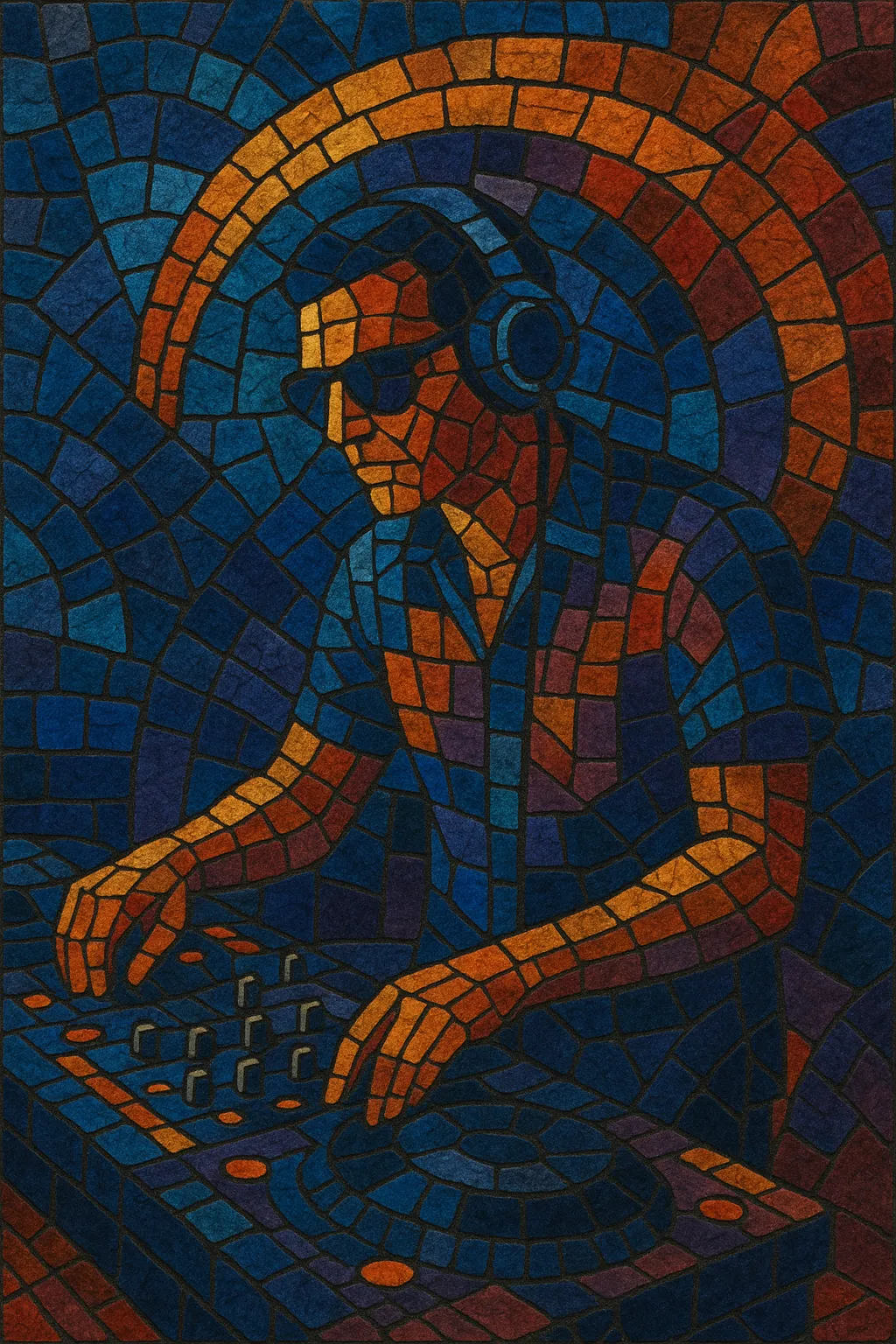French house, often called the "French touch," is a sample-centric substyle of house music known for filtering and looping fragments of 1970s–1980s disco, boogie, and funk.
It features a steady four-on-the-floor kick, syncopated and swung hi-hats, punchy sampled basslines, and a distinctive "pumping" feel created by heavy sidechain compression.
Production commonly emphasizes warm, saturated textures and filter sweeps—automated low‑pass and high‑pass filters that open and close across loops—to create tension and release on the dancefloor.
Vocoder or talkbox-tinted vocals, brief earworm hooks, and concise, groove-first arrangements are typical, with tempos usually between 120–128 BPM.
The sound is closely associated with Parisian labels and crews from the mid-to-late 1990s and early 2000s, and it helped re-popularize disco aesthetics within contemporary dance music.
French house emerged in Parisian clubs and studios as producers began looping and filtering 1970s–1980s disco, boogie, and funk records within a house framework. Early singles and EPs from Motorbass (Philippe Zdar and Étienne de Crécy), Daft Punk, and artists around labels like Roulé, Crydamoure, and Yellow Productions established the genre’s hallmarks: four-on-the-floor kicks, chunky sampled basslines, filter sweeps, and pronounced sidechain compression (famously via the Alesis 3630).
Daft Punk’s "Homework" (1997) took the sound global with tracks like "Da Funk" and "Around the World." Étienne de Crécy’s "Super Discount" (1996) and Cassius’s "1999" (1999) further defined the style. Stardust’s "Music Sounds Better With You" (1998) became a worldwide hit and a blueprint for the filtered-disco aesthetic. Roulé and Crydamoure releases (including Le Knight Club) turned the filter-house approach into an instantly recognizable signature.
The French touch bled into mainstream pop and European club charts, while parallel scenes tilted toward rougher electro-house (e.g., Ed Banger’s Justice) that still carried disco’s DNA. Artists like Alan Braxe, Fred Falke, and Modjo kept the melodic, uplifting side of French house in focus. The approach influenced radio-friendly dance-pop and vocal house across the 2000s.
Nu-disco, indie dance, and modern house producers continue to mine French house techniques: sample chopping, filter automation, and sidechain pump remain ubiquitous. Daft Punk’s "Random Access Memories" (2013) renewed mainstream interest in disco-informed production, and the genre’s aesthetics persist in contemporary dance-pop and house derivatives.


